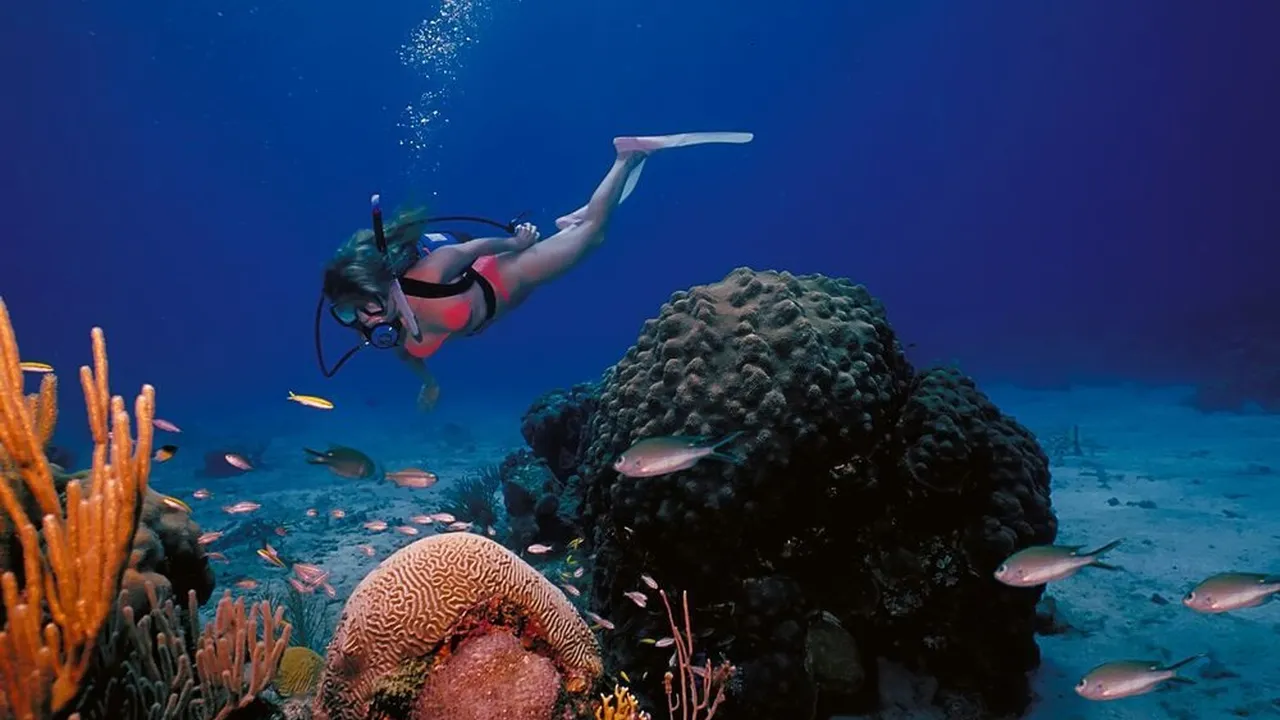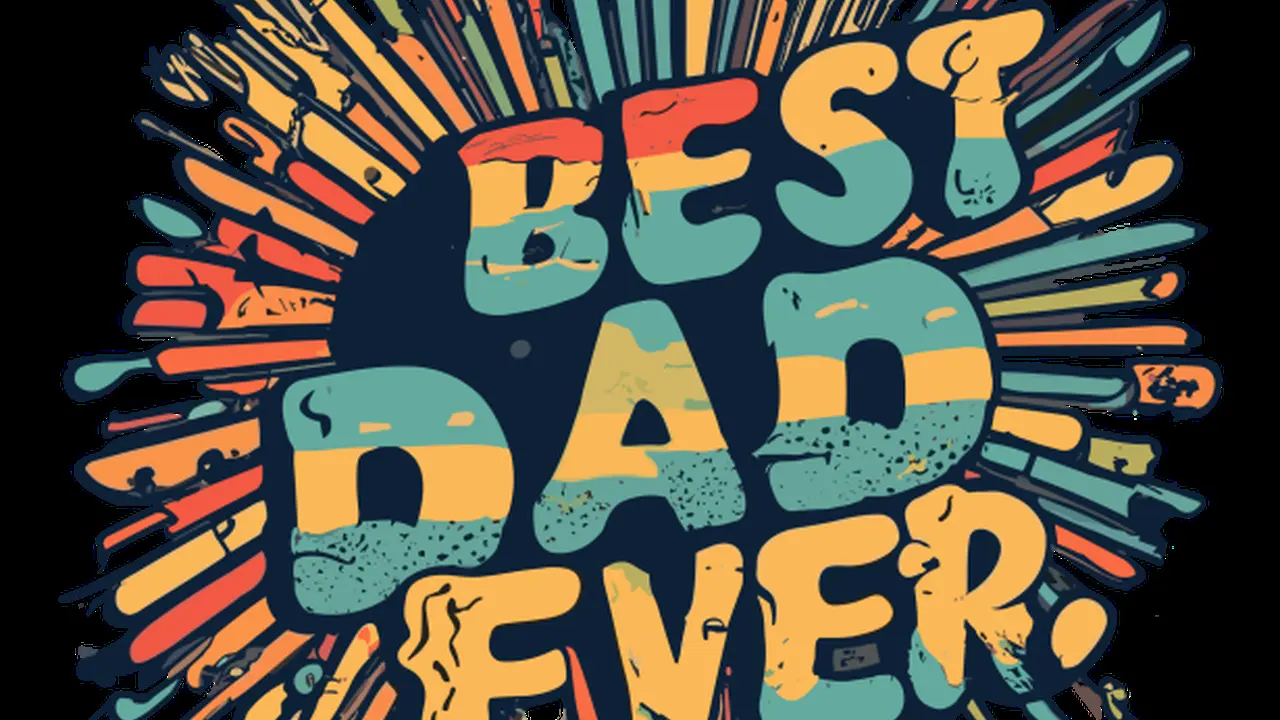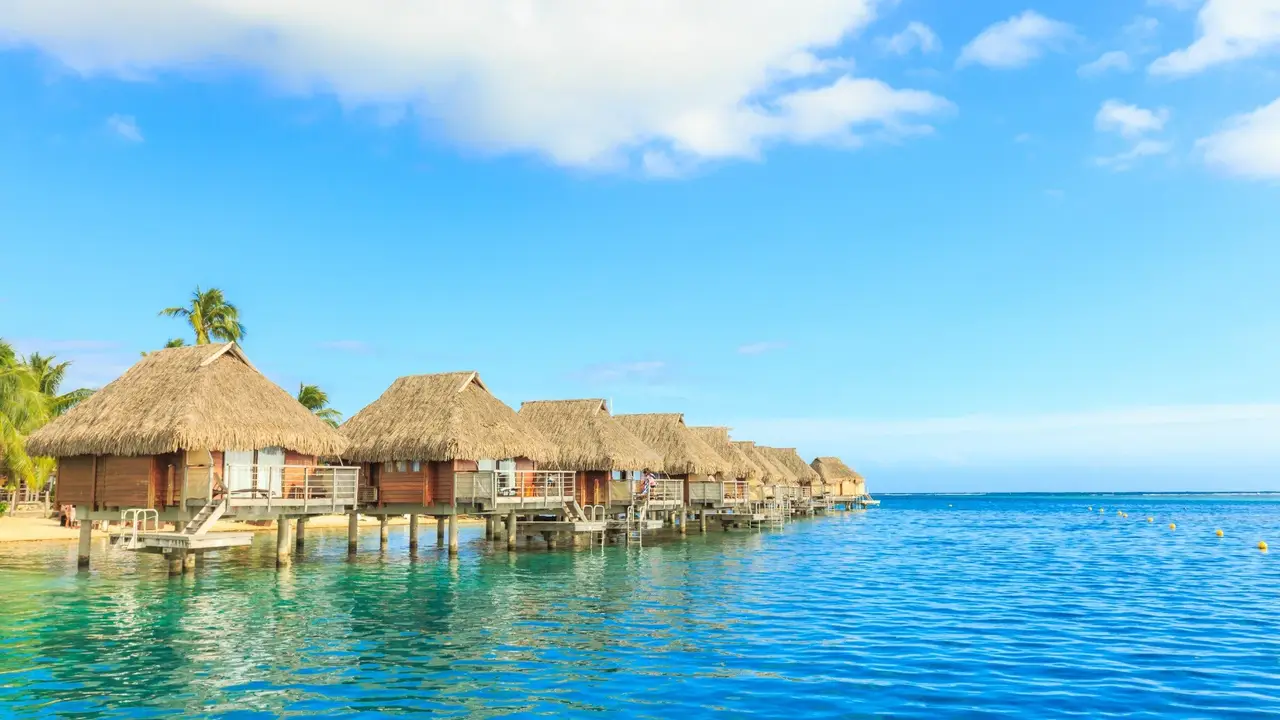Choosing the Right Scuba Diving BCD for Your Needs
Guide to selecting the perfect BCD, considering buoyancy, fit, and features for different diving styles.

Choosing the Right Scuba Diving BCD for Your Needs
So, you're looking to buy a BCD, huh? That's a big step! Your Buoyancy Control Device, or BCD, is arguably one of the most crucial pieces of scuba gear you'll own. It's not just about holding your tank; it's about controlling your buoyancy, keeping you comfortable, and even carrying some of your accessories. Getting the right BCD can make or break your dive experience, so let's dive deep into how to pick the perfect one for you.
Understanding BCD Types Exploring Buoyancy Control Devices
When you start looking, you'll quickly realize there isn't just one type of BCD. They generally fall into a few main categories, each with its own pros and cons. Knowing these will help you narrow down your choices significantly.
Jacket Style BCDs Traditional and User Friendly
This is probably what most people picture when they think of a BCD. Jacket-style BCDs inflate all around you, providing buoyancy from your back, sides, and even a bit from the front. They're super popular, especially among new divers, because they're intuitive and offer a very secure, 'hugged' feeling underwater. They often come with integrated weight systems, which means you don't need a separate weight belt, making things a bit tidier and more comfortable. However, because they inflate all around, they can sometimes feel a bit restrictive when fully inflated on the surface, and they might push you forward if you're not careful with your trim.
Back Inflate BCDs Streamlined and Trim Focused
As the name suggests, these BCDs only inflate in the back. This design keeps your front clear and streamlined, which many divers prefer for better trim and less drag underwater. When inflated on the surface, they tend to push you face-down a bit, which can be a surprise if you're used to a jacket style. But once you get the hang of it, the freedom of movement and excellent horizontal trim they offer underwater are fantastic. They're often favored by more experienced divers and those interested in technical diving or underwater photography because of the superior control over body position.
Hybrid BCDs The Best of Both Worlds
Can't decide between a jacket and a back-inflate? Hybrid BCDs try to offer a compromise. They typically have a primary back-inflate bladder but also some additional inflation around the sides or even a small amount in the front. This gives you some of the streamlining benefits of a back-inflate while still offering a bit more surface stability than a pure back-inflate. They're a great option if you want versatility and aren't ready to commit fully to one style.
Wing and Harness Systems Modular and Customizable
These are often seen in technical diving but are gaining popularity among recreational divers who want ultimate customization. A wing and harness system consists of separate components: a backplate (usually metal or composite), a harness (straps that go over your shoulders and around your waist), and a donut-shaped or U-shaped air bladder (the wing) that attaches to the backplate. The beauty of this system is its modularity. You can swap out wings of different lift capacities, change harnesses, and add accessories exactly where you want them. They offer superb trim and are incredibly durable. The downside? They can be a bit more complex to set up initially and might not be as 'plug and play' as a jacket BCD.
Key Features to Consider in Your Scuba BCD
Beyond the basic type, there are a bunch of features that differentiate BCDs. Thinking about how you dive and what's important to you will help you prioritize these.
Lift Capacity Matching BCD Buoyancy to Your Needs
This refers to how much weight the BCD can lift when fully inflated. It's measured in pounds (lbs) or kilograms (kg). You need enough lift capacity to comfortably float yourself, your gear, and your weights on the surface, even with an empty tank. Too little lift, and you'll struggle to stay afloat. Too much, and you're carrying unnecessary bulk. Most recreational divers will find BCDs with 25-40 lbs of lift sufficient. If you're diving with heavy steel tanks, lots of accessories, or in cold water with thick wetsuits, you might need more. Always check the manufacturer's specifications and consider your typical diving setup.
Integrated Weight Systems Convenience and Comfort
Many modern BCDs come with pockets designed to hold your weights, eliminating the need for a separate weight belt. This is a huge comfort upgrade, as it distributes the weight more evenly across your body and prevents the weight belt from digging into your hips. Most integrated systems are 'ditchable,' meaning you can quickly release the weights in an emergency. Look for systems that are easy to load and unload, and that have a secure locking mechanism to prevent accidental ditching.
Pockets and D-Rings Storage and Accessory Attachment
Where are you going to put your dive light, SMB, slate, and other goodies? Pockets are super handy for stashing smaller items. Look for large, easily accessible pockets, preferably with zippers or Velcro closures to keep things secure. D-rings are metal or plastic rings sewn onto the BCD, perfect for clipping off accessories with bolt snaps or double-enders. The more D-rings, the more options you have for organizing your gear. Consider their placement – are they easy to reach?
Fit and Adjustability Ensuring Comfort and Control
A BCD that doesn't fit well is a nightmare. It can ride up, shift around, or feel restrictive. Look for adjustable shoulder straps, waist straps, and sternum straps. Some BCDs also have adjustable cummerbunds (the wide waist strap) for a snug fit. A well-fitting BCD should feel secure but not constricting, both on land and in the water. Remember, your wetsuit or drysuit will affect the fit, so try it on with your typical exposure protection.
Dump Valves Quick Buoyancy Adjustments
These are crucial for quickly releasing air from your BCD. Most BCDs have at least two: one at the shoulder (usually integrated with the inflator hose) and one at the lower back. Some also have a third, often on the opposite shoulder. Multiple dump valves allow you to release air efficiently regardless of your body position in the water. Look for valves that are easy to locate and operate, even with gloves on.
Material and Durability Built to Last
BCD materials vary, but most are made from durable nylon or Cordura. Look for high-denier fabrics (e.g., 1000D Cordura) for better abrasion resistance and longevity. Reinforced stitching and robust zippers are also indicators of quality. If you're diving frequently or in rugged environments, investing in a more durable BCD will pay off in the long run.
Comparing Popular BCD Models and Brands
Alright, let's get to some specifics. There are tons of great BCDs out there, but here are a few popular models and brands that consistently get good reviews. Remember, prices are approximate and can vary widely based on sales, retailers, and specific features.
For the Beginner or Recreational Diver
Aqua Lung Pro HD
- Type: Jacket Style
- Key Features: Integrated weight system (SureLock II), large utility pockets, adjustable chest strap, comfortable padded backplate. It's known for its durability and ease of use.
- Use Case: Excellent for new divers or those who prefer a traditional, stable feel. Great for warm and temperate water diving.
- Pros: Very user-friendly, robust construction, good lift capacity for its size, comfortable.
- Cons: Can feel a bit bulky when fully inflated on the surface, not as streamlined as back-inflate models.
- Approx. Price: $450 - $600 USD
Cressi Start Pro
- Type: Jacket Style
- Key Features: Simple, robust design, integrated weight system, two large zippered pockets, adjustable shoulder and waist straps. Designed for durability and rental fleet use, meaning it can take a beating.
- Use Case: Ideal for dive centers, rental, or new divers looking for a reliable, no-frills BCD that will last.
- Pros: Extremely durable, straightforward to use, good value for money, comfortable for most body types.
- Cons: Basic features, not as many bells and whistles as higher-end models, can be a bit heavy.
- Approx. Price: $350 - $500 USD
For the Advanced or Travel-Focused Diver
Scubapro Hydros Pro
- Type: Back Inflate (with a unique modular design)
- Key Features: Monprene construction (super durable and quick-drying), interchangeable straps and components for customization, integrated weight system, travel-friendly (packs small). It's a premium BCD.
- Use Case: Divers who prioritize comfort, durability, and travel convenience. Great for frequent travelers and those who want a BCD that can adapt to different diving conditions.
- Pros: Incredibly comfortable, dries fast, very durable, highly customizable, excellent trim underwater, packs down small.
- Cons: High price point, some divers find the Monprene material takes a bit of getting used to.
- Approx. Price: $800 - $1000 USD
Mares Pure SLS
- Type: Back Inflate
- Key Features: Smart Load System (SLS) integrated weights (very secure and easy to use), high lift capacity, comfortable padded backplate, multiple D-rings, and large pockets.
- Use Case: Divers looking for a comfortable, high-performance back-inflate BCD with excellent weight integration. Suitable for both recreational and slightly more demanding dives.
- Pros: Excellent buoyancy control, very comfortable, secure and easy-to-use weight system, good lift.
- Cons: Can be a bit bulky for travel compared to some other back-inflate models, higher price.
- Approx. Price: $600 - $800 USD
For the Technical or Highly Customizable Diver
Halcyon Eclipse Wing and Harness System
- Type: Wing and Harness System
- Key Features: Modular design (separate wing, backplate, and harness), extremely durable construction (1000-denier Cordura), various wing sizes for different lift needs, stainless steel or aluminum backplates.
- Use Case: Divers who want ultimate control over their trim, prefer a minimalist setup, or are moving into technical diving. Highly customizable for specific needs.
- Pros: Superior trim, incredibly durable, highly customizable, excellent for single or double tanks, streamlined.
- Cons: More complex to assemble initially, higher upfront cost, not as 'cushioned' as jacket BCDs.
- Approx. Price: $700 - $1000+ USD (depending on configuration)
Dive Rite TransPac XT with Rec Wing
- Type: Wing and Harness System
- Key Features: Adjustable harness (TransPac XT) that fits a wide range of body types, durable Rec Wing (various lift capacities available), integrated weight pockets available as an add-on, travel-friendly options.
- Use Case: Divers seeking a versatile and comfortable wing and harness system that can be used for both recreational and light technical diving.
- Pros: Very comfortable harness, excellent adjustability, durable, good range of wing sizes, can be adapted for travel.
- Cons: Requires some assembly, integrated weights are an add-on, can be a bit more expensive than basic jacket BCDs.
- Approx. Price: $650 - $900 USD (depending on configuration)
Trying Before You Buy The Ultimate Test
This is probably the most important piece of advice: try it on! And if possible, try it in the water. Many dive shops offer BCD rentals or even 'try before you buy' programs. Don't just try it on over a t-shirt; wear your wetsuit or drysuit to get a realistic feel for the fit. Inflate it fully, sit down, stand up, move around. Does it feel comfortable? Does anything dig in? Can you easily reach all the dump valves and pockets?
In the water, pay attention to your trim. Does the BCD help you maintain a horizontal position? How easy is it to dump air and control your buoyancy? Does it feel restrictive? These are all questions that can only be answered by getting wet with the BCD.
Maintenance and Care Extending Your BCD's Lifespan
Once you've got your perfect BCD, you'll want to keep it in top shape. Proper care will ensure it lasts for years and performs reliably.
Rinsing After Every Dive
This is non-negotiable. After every dive, thoroughly rinse your BCD with fresh water, both inside and out. To rinse the inside, hold down the oral inflator button and fill the bladder with fresh water (you can do this by holding the BCD upside down and pressing the inflator button while running water into the mouthpiece, or by using a garden hose with a low-pressure nozzle). Swish the water around, then drain it completely by holding the BCD upside down and pressing the dump valve. Repeat until the water runs clear. This prevents salt crystals and debris from building up inside, which can damage the bladder and valves.
Drying Properly
Hang your BCD to dry in a shaded, well-ventilated area. Avoid direct sunlight, as UV rays can degrade the materials over time. Make sure it's completely dry before storing it to prevent mildew and odors. You can inflate it slightly to help it dry faster and maintain its shape.
Storage Tips
Store your BCD partially inflated. This prevents the bladder from sticking together and helps maintain its shape. Keep it in a cool, dry place, away from extreme temperatures and chemicals. If you're storing it for an extended period, consider removing the inflator hose and checking all the valves.
Regular Inspections
Before and after each dive season, give your BCD a thorough inspection. Check for any signs of wear and tear, such as frayed straps, cracked hoses, or sticky valves. Test all the dump valves and the inflator. If you notice any issues, get them addressed by a qualified technician. Most manufacturers recommend a professional service every one to two years, depending on your diving frequency.
Final Thoughts on Your BCD Choice
Choosing a BCD is a personal decision, and there's no single 'best' option for everyone. It really comes down to your diving style, your comfort preferences, and your budget. Take your time, do your research, and most importantly, try on different models. A well-chosen BCD will be a reliable companion on countless underwater adventures, helping you stay comfortable, safe, and perfectly buoyant. Happy diving!
:max_bytes(150000):strip_icc()/277019-baked-pork-chops-with-cream-of-mushroom-soup-DDMFS-beauty-4x3-BG-7505-5762b731cf30447d9cbbbbbf387beafa.jpg)






